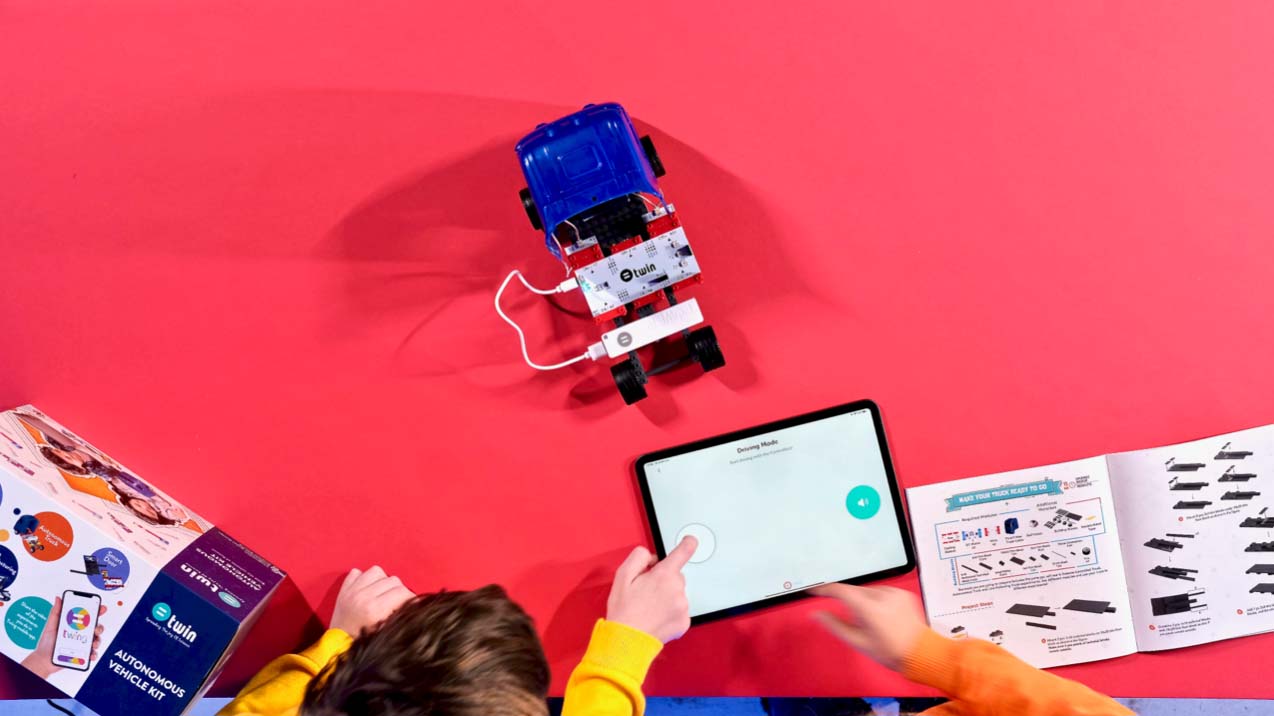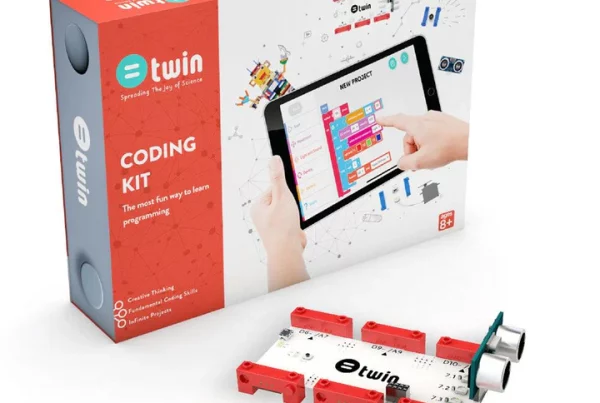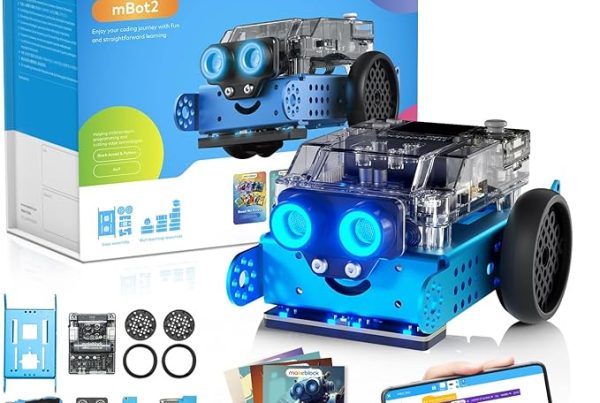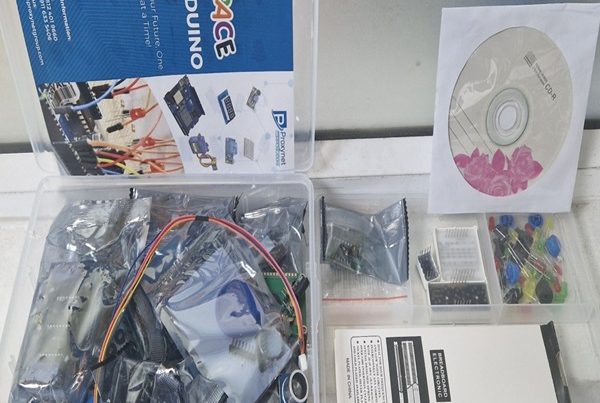Introduction
Imagine a world where learning is not just about textbooks and lectures but a hands-on adventure. A world where students can experiment, create, and discover the wonders of science, technology, engineering, and mathematics (STEM) in a way that is both exciting and educational. This world is becoming a reality thanks to Twin Science in STEM education.
Twin Science is a pedagogical method that pairs real-world experimentation with virtual simulations. It creates a unique learning environment where students can explore scientific concepts, test hypotheses, and analyze data in a safe and engaging manner. By combining the best of both worlds, Twin Science offers a multitude of benefits for students of all ages.
What is Twin Science?
Twin Science is a pedagogical approach that combines real-world experiments with virtual simulations. It allows students to explore scientific concepts in a safe and engaging manner. By pairing hands-on activities with digital tools, Twin Science creates a unique learning environment that fosters critical thinking, problem-solving, and creativity.
Benefits of Twin Science in STEM Education
Enhanced Engagement and Motivation
Twin Science is a fun and exciting way to learn STEM. The combination of real-world experiments and virtual simulations makes learning more engaging and motivating for students of all ages. When students are actively involved in the learning process, they are more likely to develop a passion for STEM subjects.
Improved Learning Outcomes
Studies have shown that Twin Science can lead to improved learning outcomes. By providing students with a variety of learning experiences, Twin Science helps them to develop a deeper understanding of scientific concepts. Additionally, the use of virtual simulations allows students to explore complex phenomena that would be difficult or impossible to study in a traditional classroom setting.
Accessibility and Inclusivity
Twin Science can make STEM education more accessible and inclusive. For example, students with disabilities can benefit from the use of virtual simulations, which can provide accommodations that are not always possible in a traditional classroom. Additionally, Twin Science can help to bridge the digital divide by providing students with access to technology and resources that may not be available in their homes or communities.
Developing Critical Thinking and Problem-Solving Skills
Twin Science can help students to develop critical thinking and problem-solving skills. By designing and conducting experiments, students learn to analyze data, draw conclusions, and evaluate their findings. Additionally, the use of virtual simulations can help students to develop their ability to think abstractly and solve complex problems.
Fostering Creativity and Innovation
Twin Science can foster creativity and innovation. By providing students with opportunities to experiment and explore, Twin Science encourages them to think outside the box and develop new ideas. Additionally, the use of digital tools can help students to bring their ideas to life and create innovative solutions to real-world problems.
Twin Science Tools and Resources
There are a variety of tools and resources available for implementing Twin Science in the classroom. Some popular options include:
- Coding Kits for Kids and Adults: Coding kits can be used to teach students programming and computational thinking. Some coding kits also include features that allow students to create their own virtual experiments.
- Twin Science Apps and Software: There are a number of apps and software programs that can be used to create virtual simulations and experiments. These tools can be used to teach a variety of scientific concepts, from biology to physics.
- AI-Powered Twin Science Toys: AI-powered toys can be used to teach students about artificial intelligence and machine learning. Some of these toys also include features that allow students to create their own virtual experiments.
Implementing Twin Science in the Classroom
Implementing Twin Science in the classroom can be a simple process. Here are a few tips for getting started:
- Start small: Begin by incorporating a few Twin Science activities into your lessons.
- Use a variety of tools and resources: There are a variety of tools and resources available for implementing Twin Science. Experiment with different options to find what works best for you and your students.
- Encourage student creativity: Twin Science is a great way to foster creativity and innovation. Encourage students to come up with their own ideas for experiments and simulations.
- Provide support and guidance: Students may need support and guidance as they learn to use Twin Science tools and resources. Be available to answer questions and provide assistance as needed.
Conclusion
Twin Science is a powerful tool for transforming STEM education. By combining real-world experiments with virtual simulations, Twin Science offers a unique learning experience that is both engaging and educational. Twin Science can help students to develop a deeper understanding of scientific concepts, improve their critical thinking and problem-solving skills, and foster creativity and innovation. As we continue to explore the possibilities of Twin Science, we can look forward to a future where all students have the opportunity to learn STEM in a fun, engaging, and meaningful way.
FAQs
Twin Science combines real-world experiments with virtual simulations, while traditional science education primarily relies on textbooks and lectures.
Yes, Twin Science can be adapted to suit students of all ages. There are a variety of tools and resources available for different age groups.
There are a variety of online and offline resources available for Twin Science. You can search for coding kits, apps, and software programs that are specifically designed for STEM education
Coding kits can help students to develop programming and computational thinking skills, which are essential for STEM careers.
Yes, Twin Science can be used to teach a variety of subjects, including history, geography, and language arts.





